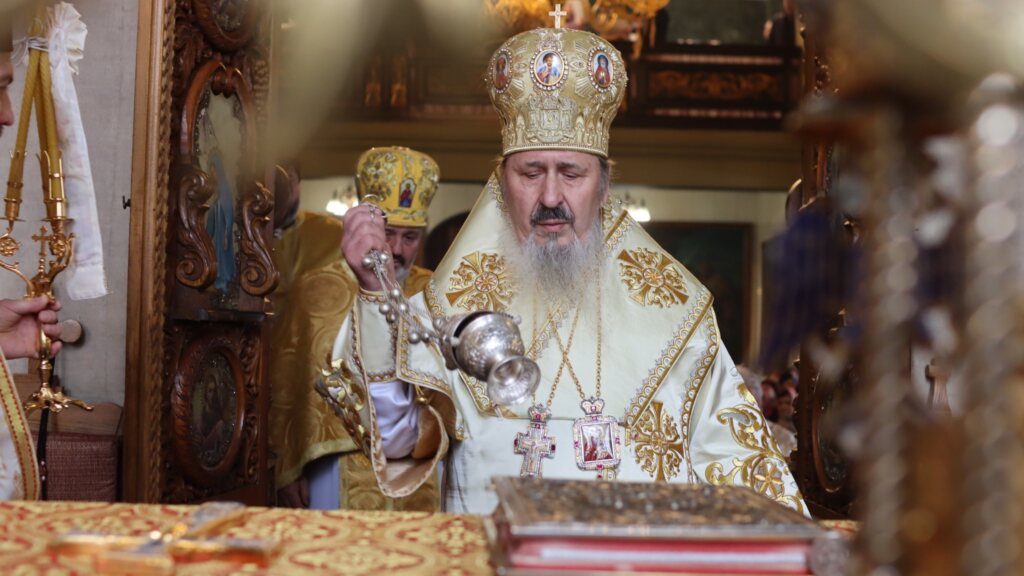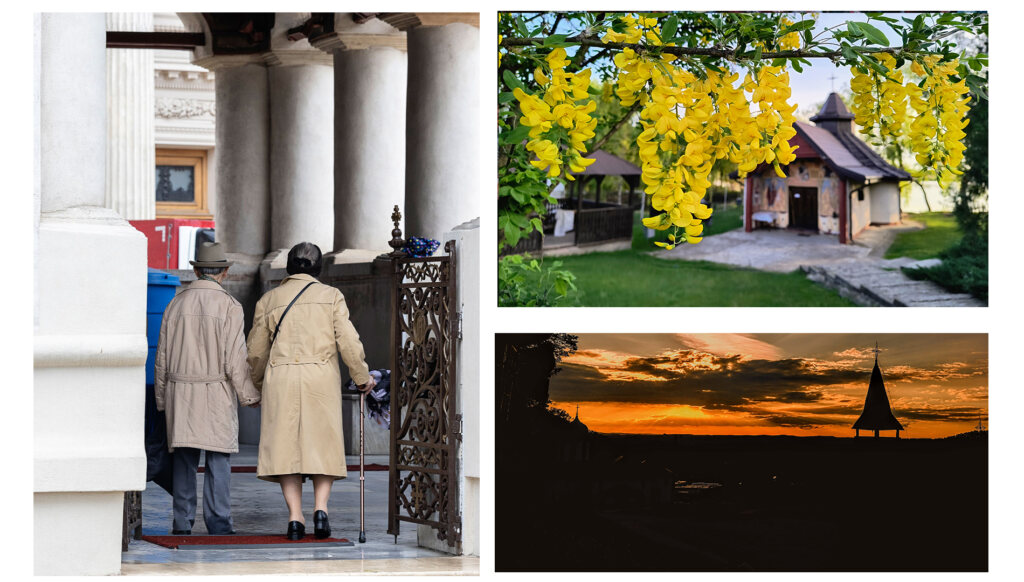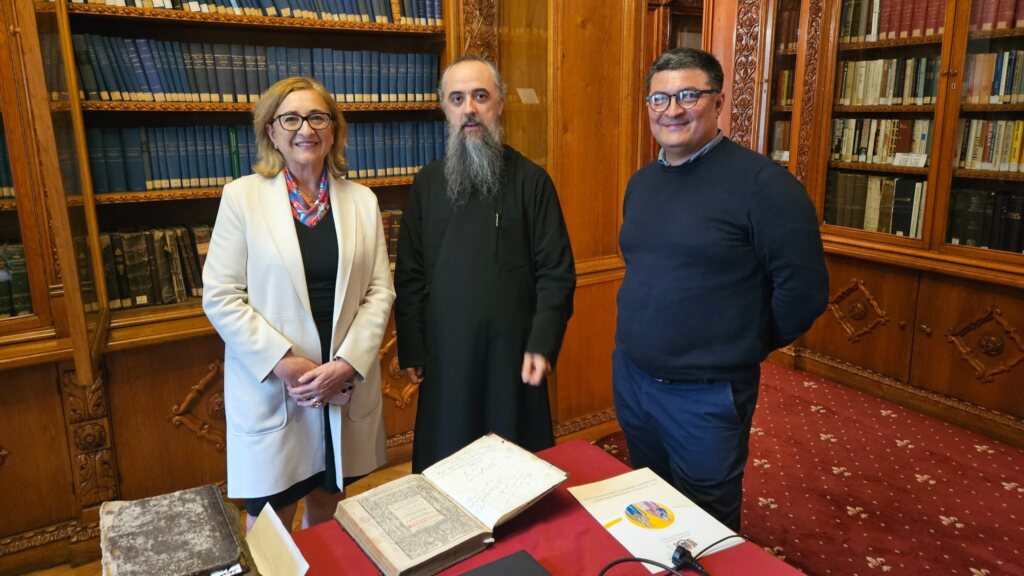Relics discovered more than a century ago in a Kent church are almost certainly the remains of an early English saint who was the granddaughter of Ethelbert, the first English king to convert to Christianity, experts have concluded.
Saint Eanswythe, the patron saint of the coastal town of Folkestone, is thought to have founded one of the first monastic communities in England, probably around AD660. She died a few years later, while still in her teens or early 20s.
In 1885, workers renovating the parish church of St Mary and St Eanswythe close to Folkestone harbour found a lead container of human remains in an alcove – probably hidden to avoid the destruction of relics during the Reformation.
The bones, which comprised about half of a skeleton, were assumed to belong to Eanswythe. But it was not until January this year, following a grant from the National Lottery Heritage Fund, that a team of experts set up a temporary laboratory in the church, which was closed for five days.
Initial analysis suggested the bones were consistent with Eanswythe: they came from one person, probably female, probably aged between 17 and 20, and with no signs of malnutrition, so potentially a person with high status.
A tooth and a foot bone were sent to Queen’s University Belfast for radiocarbon dating. The tests confirmed it was highly probable the person died in the mid-seventh century. Fears that the remains might be part of a medieval fad for fake relics were allayed.
He said the result of the analysis was of national significance. “It now looks probable that we have the only surviving remains of a member of the Kentish royal family, and one of the earliest Anglo-Saxon saints.
“There is more work to be done to realise the full potential of this discovery. But certainly the project represents a wonderful conjunction not only of archaeology and history, but also of a continuous living faith tradition at Folkestone from the mid-seventh century to the present day”, Dr. Andrew Richardson of the Canterbury Archaeological Trust said.
Funds will now be sought for further scientific analysis of the bones – including establishing DNA – and to ensure they are securely housed and displayed.
English article by The Guardian
Photo cortesy of: gdelizabeth.org






